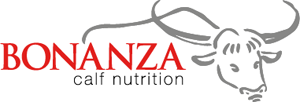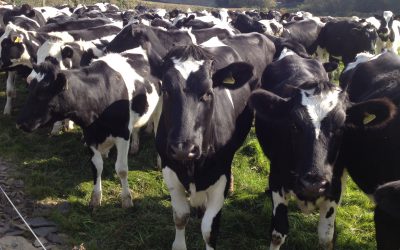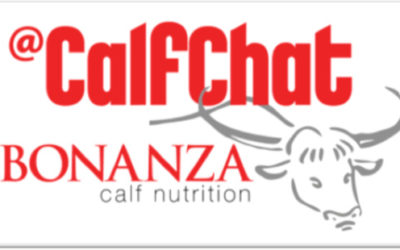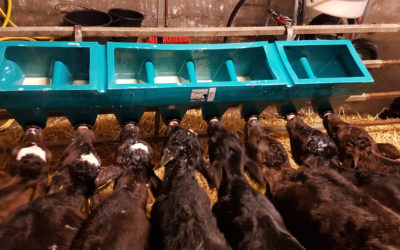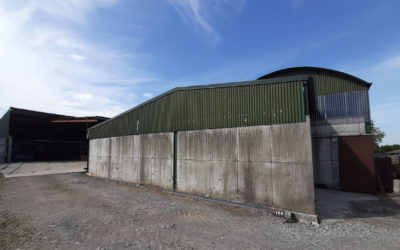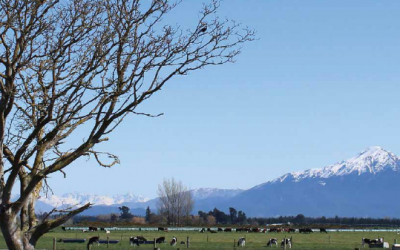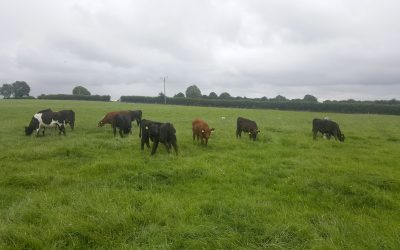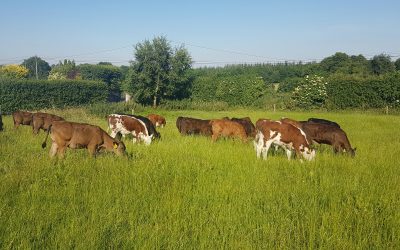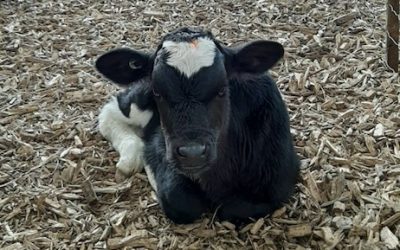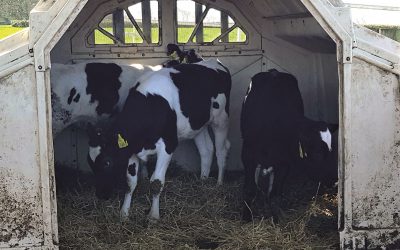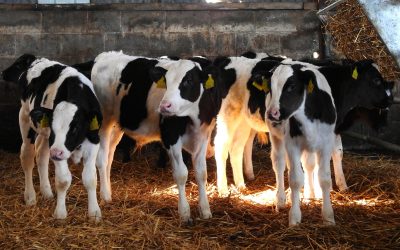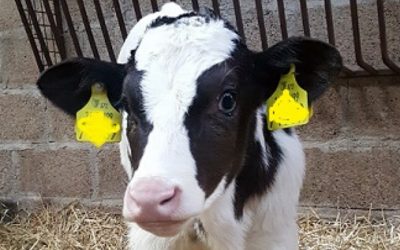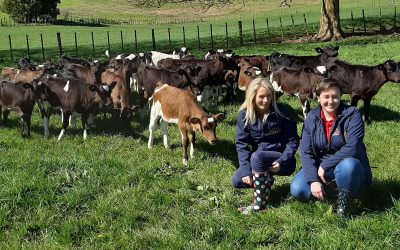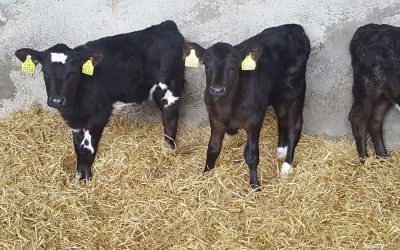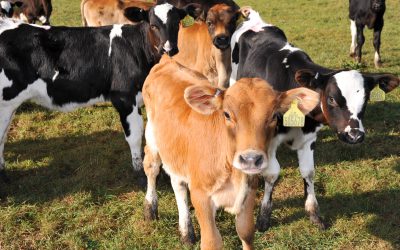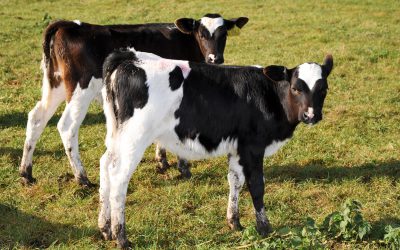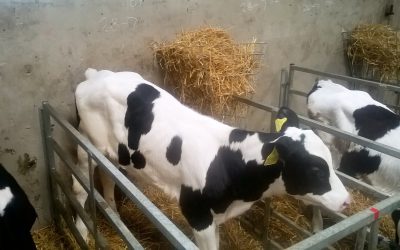Calf rearing hints
Key advice to maximize your herdFighting illness – Frequently Asked Questions
Do calf jackets help prevent disease? What is the best bedding to prevent disease in calves? Is there much of a risk to calf health if you don’t clean out calf pens and keep adding plenty of straw? Find out more in our frequently asked questions.
@CalfChat by Bonanza Calf Nutrition
@CalfChat is an initiative by Bonanza Calf Nutrition whereby farmers can discuss their calf rearing experiences. It is aimed to provide an unbiased platform for farmers to be able to freely share their experiences and ask questions they may not ask otherwise.
Transition milk and Transformula
Transition milk is produced by the cow after colostrum and before regular whole milk. The amount of milkings it can take varies between cows but it is generally milkings 2-6 post-partum.
Calf housing – Frequently Asked Questions
Housing is one of the most complex elements of calf rearing. It is not possible to create the ideal calf house for all conditions. Understanding what we need to do for the calves and what we have to work with helps a lot.
Calf Nutrition New Zealand
During their recent visit to New Zealand Bonanza’s Christine Cummins and Amanda Dunn met with and visited several different people and facilities from research and farm advisors to key dairy and beef calf rearing units.
Taking a sample for faecal egg counts (FEC)
Explore our useful tips for taking a dung sample for a faecal egg count.
Grass – Frequently Asked Questions
After dosing calves how long would you recommend leaving them in the original paddock? Is strip grazing a good practice with calves or is it unnecessary? Is 12- 14% CP meal enough for calves at grass? Explore answers to some of the most common questions.
Purchasing calves – Frequently Asked Questions
What is the ideal age to purchase calves? What should volume of milk/milk replacer should calves be feed in the days after purchasing? Is it important to thoroughly understand the calves start in life to make an appropriate decision? Explore answers to some of the most common questions.
Managing late-born calves – Frequently Asked Questions
What is a ‘late-born’ calf? Are late-born calves less likely to flourish? Is there any change based on whether they are a dairy or beef cow? Explore answers to some of the most common questions.
Weaning – Frequently Asked Questions
Assuming calf hits appropriate weights, what’s the difference you get weaning at 6 weeks or 8 weeks? What is the ideal weight for weaning calves? What do you mean by ‘sufficiently developed rumen’? Explore answers to some of the most common questions.
Colostrum and Transition milk – Frequently Asked Questions
What is colostrum? How does a calf get its immunity from colostrum? How soon must I collect colostrum post-calving? Explore answers to some of the most common questions.
Back to basics with calf rearing in New Zealand
When a delegation from Ireland’s Bonanza Calf Nutrition visited New Zealand to learn more about dairy and calf rearing there, one was thing immediately clear.
Farmer Meetings 2019
Farmer meetings on calf health.
Guide to transition milk
Transition milk is the milk cows produce after colostrum and before what we consider ‘whole milk’.
Calving time
Although it may not seem so, the perinatal period is the most risky period in the life of a calf. Getting a live calf on the ground is crucial in all our books, however ensuring the calf doesn’t contract disease when it gets there is another imperative battle to be fought.
Are your calves getting enough colostrum?
Colostrum management for newborn calves remains a problem on many farms. The modern dairy cow doesn’t share the same level of maternal instinct as her predecessor. She may produce a greater volume of colostrum but it is more dilute.
Value of a calf sick bay
What is the first thing we do when we see a sick calf, well normally the calf is treated. But in most cases the calf is left among his currently healthy companions.
